“I’m Always Striving for the Ideal Vision”: KittycasterFX Stompbox Guru Howard Gee Talks Inspiration
How the ex-Catalinbread circuit wizard is taking effects design to another level with his new Portland-based pedal firm.
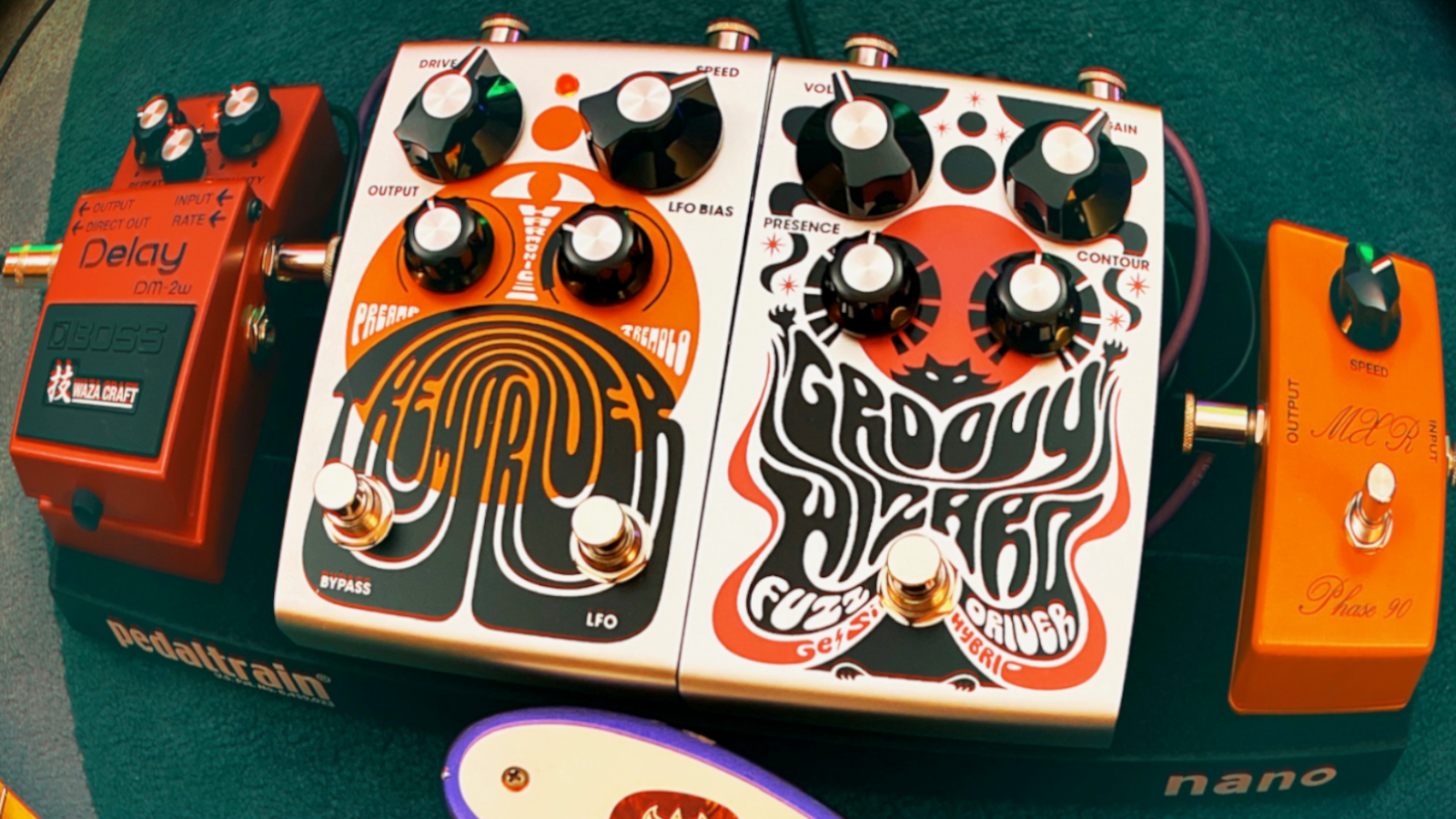
Launching a new pedal company during the pandemic is a brave move, considering the market is already flooded with stompboxes new and old.
It has been said we live in a golden age of effects – meaning we’ve never had it so good in terms of sound and build quality, variety, digital technology, consistency, customization, size, compatibility, accessibility, affordability, accessories, tools, information et cetera.
It's fair to say that designers face a real challenge when it comes to making a pedal that stands out from the ever-expanding crowd.
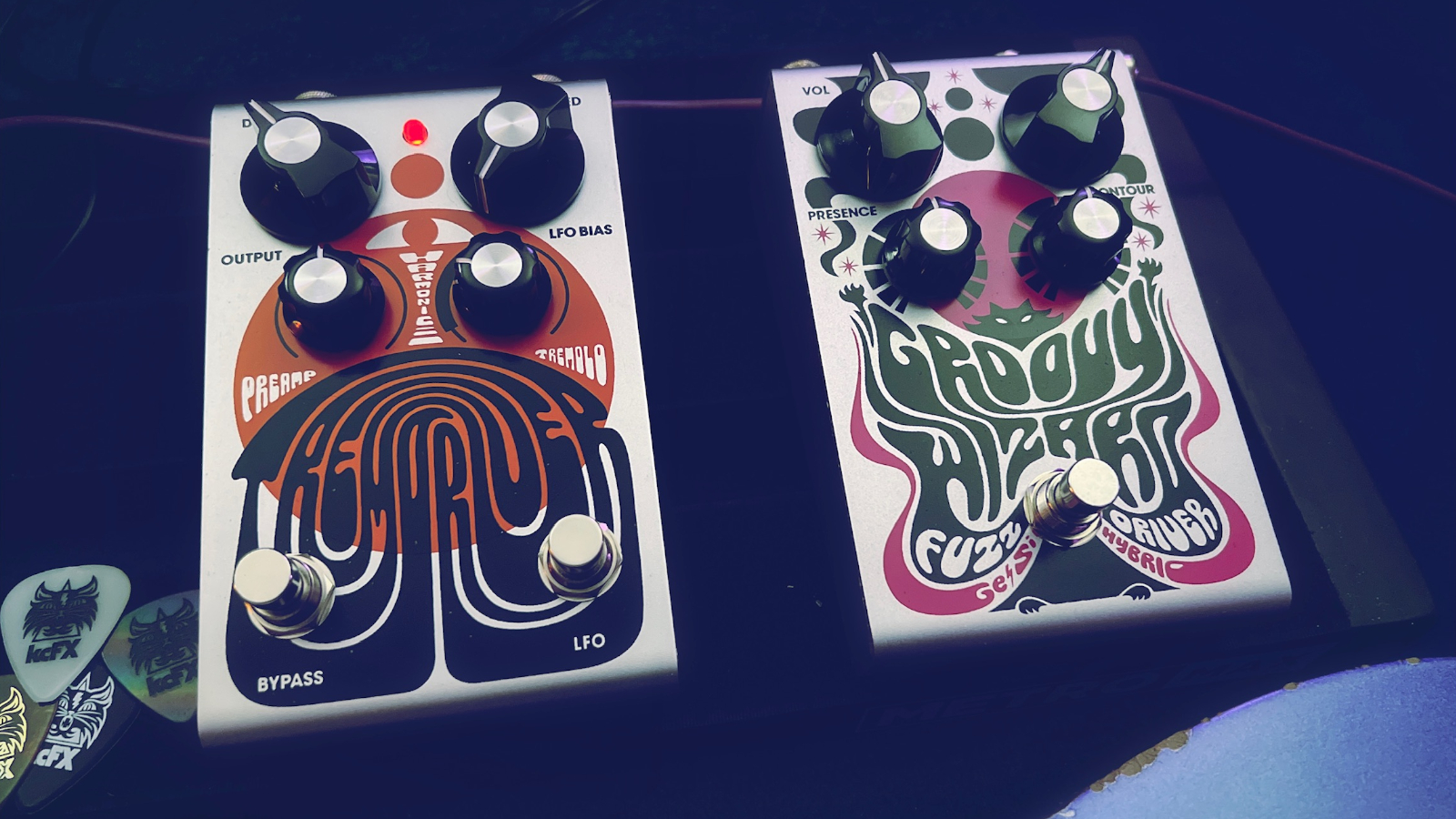
So when we spoke to Howard Gee of the recently launched Portland pedal company KittycasterFX, we wanted to know what made him decide to take the plunge and start up a new brand.
As we discovered, Gee’s motivation is strongly rooted in a lifelong passion for playing guitar.
Driven by curiosity and with a natural flair for experimentation, his mission is simple (in theory): to create the perfect guitar pedal.
A post shared by kittycasterfx (@kittycasterfx)
A photo posted by on
How did KittycasterFX start?
All the latest guitar news, interviews, lessons, reviews, deals and more, direct to your inbox!
KittycasterFX was started by four people: Jean Mastaler, Scott Miller, Steve Hamari and myself, plus an artist called David Medel who goes by the name weirdbeard72 [or WB72.]
All five of us used to work together in a past life at another Portland boutique pedal company [Gee is a former Catalinbread employee and famously designed the Belle Epoch Deluxe.]
Unfortunately, we weren’t able to continue working there, but we decided we wanted to keep going. We wanted to further our ideas of what pedals should be, and so we created KittycasterFX.
It was all about making the pedals that I always wanted to exist
Howard Gee
We wanted to do something new and continue working together. I had ideas of taking things to another level with a custom enclosure – just a whole new form factor.
It was all about making the pedals that I always wanted to exist.
What inspired you to begin making pedals?
Strangely, I never intended to be a pedal designer. It wasn't like I was driven by a dream to design pedals originally.
It all started in 2007 when I was looking for some work between careers and I got hired by [Catalinbread.] I was just helping build. I couldn't even read a schematic back then. I knew not the first thing about building a pedal; I’d never built a pedal, never made a kit before, never even repaired a pedal.
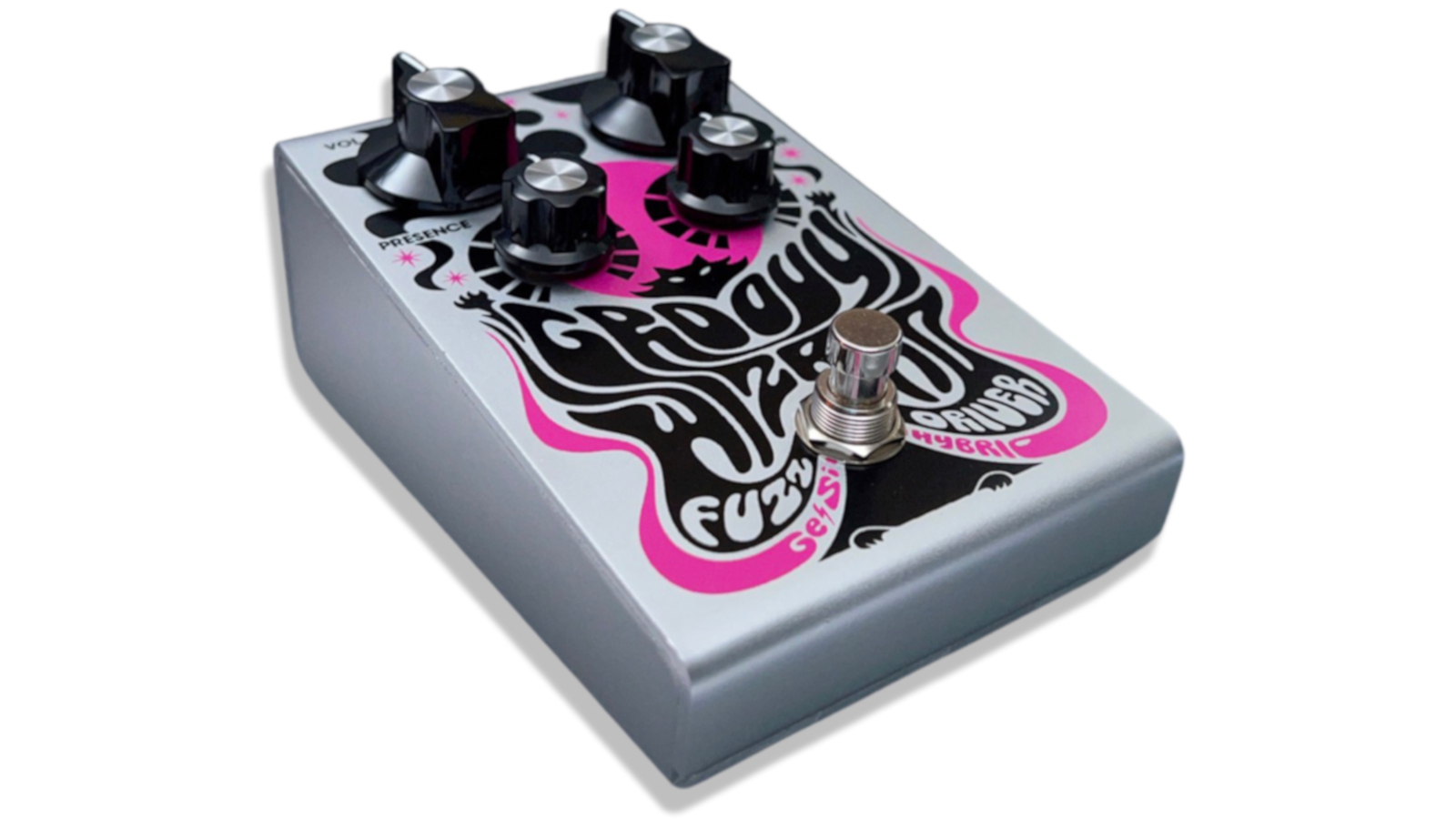
But I got this job working with three or four other people in a basement. And just through osmosis, I suppose, and just by being around it, I started picking up more and more knowledge.
It was apparent to the owner and the team there that I had the ears of a long-time guitarist. I’d been buying pedals for most of my playing life, so I had my opinions on the various stompboxes of the day.
I had purchased a lot of pedals as a guitarist, not as a designer. For instance, I bought a Klon Centaur in the late ‘90s and used it for a number of years. It was better than anything but, to me, it wasn't perfect.
I had the ears of a long-time guitarist
Howard Gee
There were things I liked about it and things I didn’t like about it. So I started to ask myself, why is this just not jiving with me? Y’know, how would I improve it?
It was the same thing with a lot of other pedals I bought.
How did you start designing circuits?
Like a lot of people have done in the past, I wanted to just see if I could make a Fuzz Face on the breadboard.
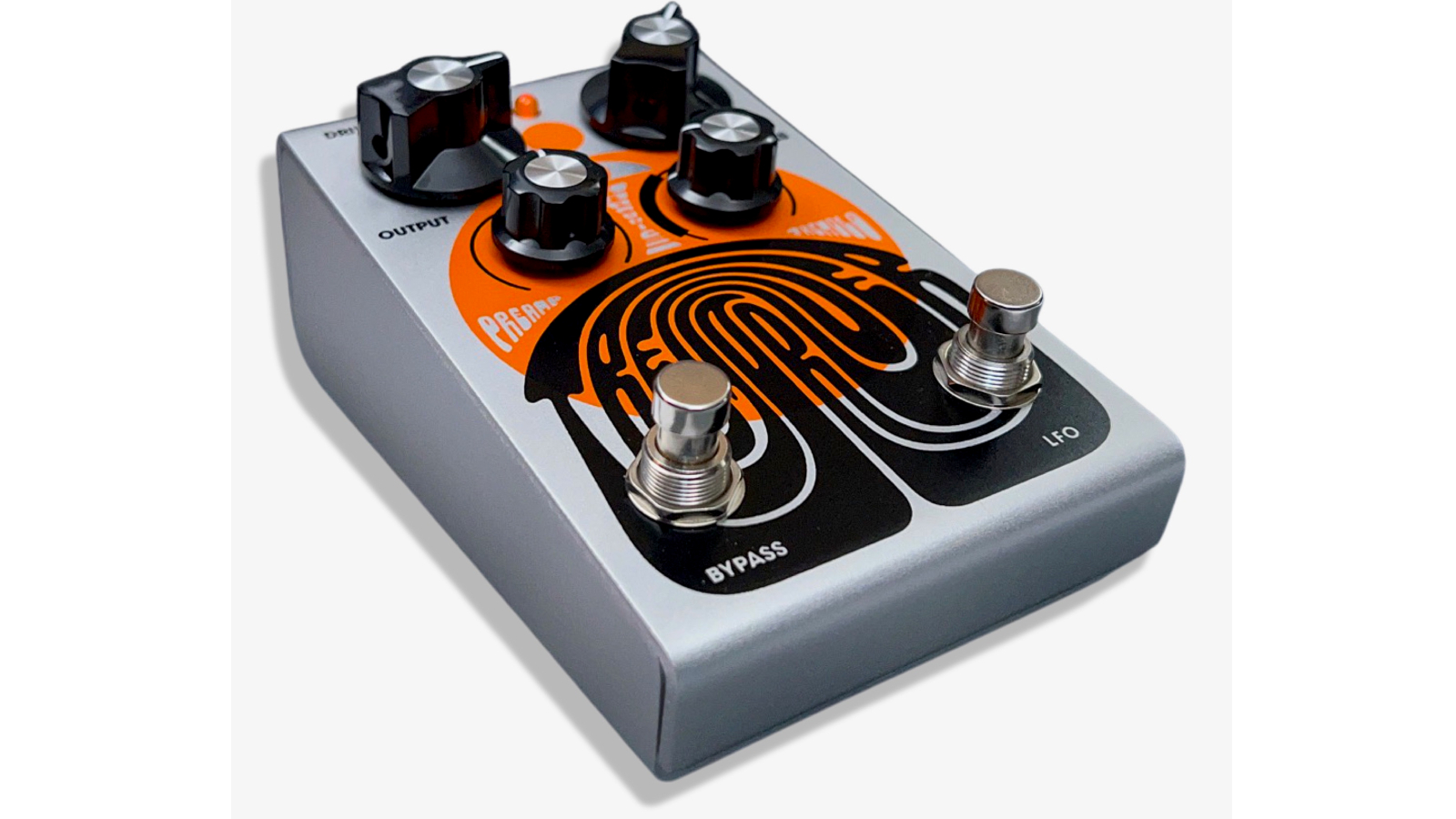
I just got curious. And it worked. And it sounded great. So I started experimenting. Like, do the types of capacitors and transistors matter? What if I change this or that value? I just started playing around with stuff.
And then it just clicked in my head like, now I see how this language works! I didn't know the language before – I couldn't read schematic, but the breadboard unlocked all that.
From there, I started doing experiments and designing pedals that became products. I approached design from a guitarist’s standpoint primarily.
I've always had a perfectionistic streak. I’m always trying to refine things
Howard Gee
What keeps you inspired now?
Well, aside from being able to buy cat food and pay rent, I found myself leading a team doing this. So that's obviously an inspiration.
But in terms of the actual design processes, I guess I've always had a perfectionistic streak. I’m always trying to refine things.
It's a curiosity. I’m always striving for the ideal vision. I think that keeps me going. It's almost exclusively from a guitar player’s standpoint – continuing to honor the old music that I grew up listening to while maintaining an openminded approach with respect to new music.
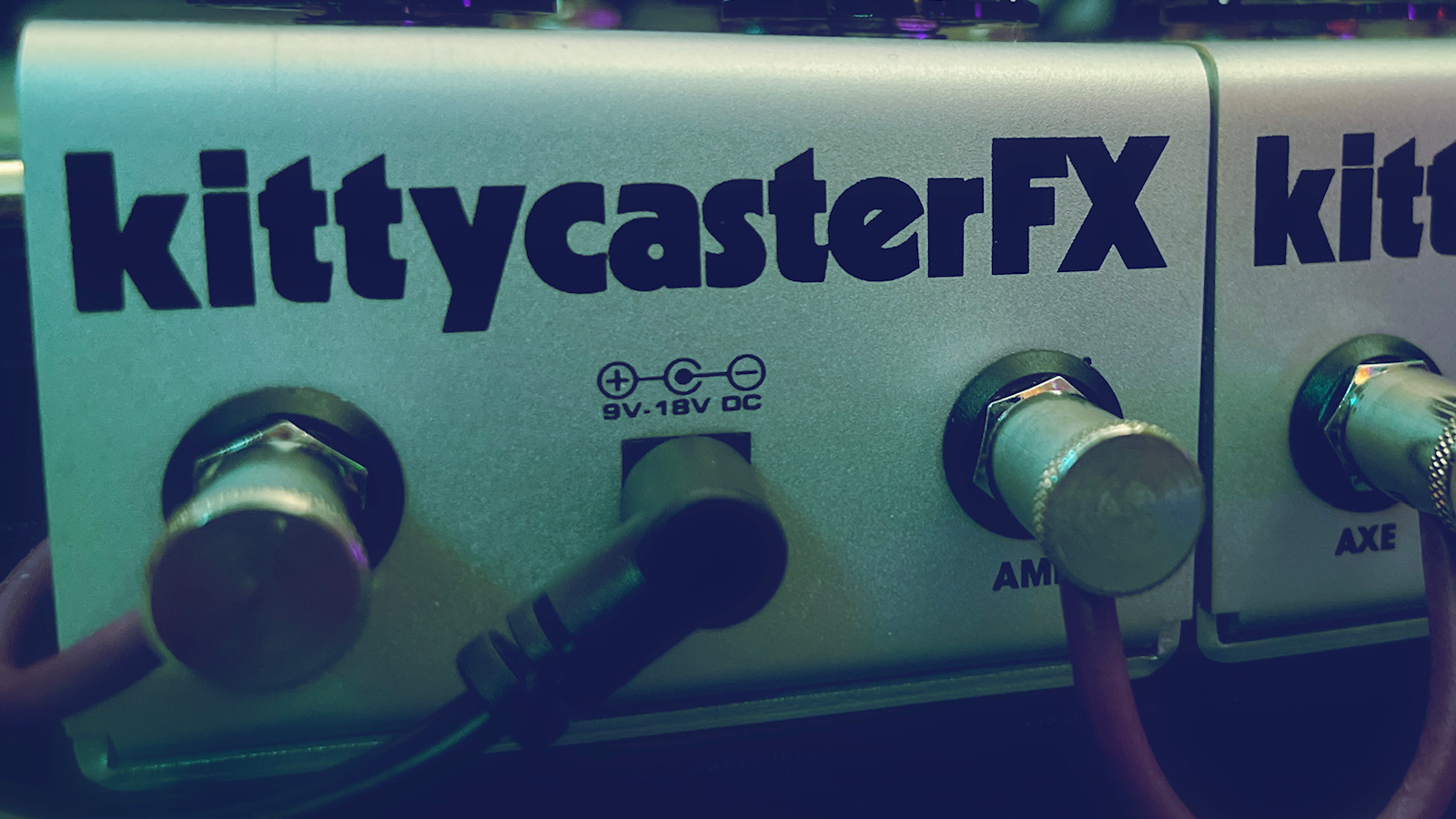
Tell us about the unique KittycasterFX enclosures.
I wanted to design an original form factor. I was tired of the standard kind of rectangular box. I wanted to see if I could come up with a custom enclosure that was more practical… and way cooler!
I wanted it to be ergonomic; it's sloped back, and there's room for your feet, and it’s got top mounted jacks. Even though it’s larger than say a Phase 90, it ends up taking up about the same amount of footprint because of where the jacks are located.
I was channeling the spirit of Leo Fender
Howard Gee
Ease of repair was another consideration. Basically, I was channeling the spirit of Leo Fender, like how he designed the Stratocaster from a functional and ergonomic standpoint.
All along, I had in mind the golden rectangle concept. I thought it was really fascinating and I just incorporated that into the design. The layout follows those proportions. It just looks… right!
It’s all about form and function. But the artwork is really important too. I mean, you want it to look sexy at the same time, right? Why not have both? David Medel’s artwork is super cool.
You currently have two pedals in the KittycasterFX lineup: the Groovy Wizard Fuzz Driver and the Tremdriver Preamp/Harmonic Tremolo. Tell us about the fuzz, firstly.
The Groovy Wizard solves a number of fuzz pedal problems. I wanted a fuzz that worked with wahs and buffers in front; with single coils and humbuckers; and with a variety of guitar amps.
It also needed to let the sound of the electric guitar come through and retain clarity with neck pickups.
The Groovy Wizard solves a number of fuzz pedal problems
Howard Gee
One customer recently described it as the “Klon of fuzzes,” which I take as high praise. My goal with the Groovy Wizard was to come up with something that was, as they say, ‘transparent.’
In other words, if you’re using a Jazzmaster it’ll still sound like a Jazzmaster. Or if you’re using a Les Paul, it’ll still sound like a Les Paul. It doesn’t completely mask all the nuances with a thick, fuzzy blanket of noise.
The Groovy Wizard is so open and dynamic. If you're having a good guitar day, it's not going to lower you down to an average sound by masking your playing; it allows all your playing nuances to come through.
And the Tremdriver Preamp/Harmonic Tremolo?
I've got a lot of great testimonials from the people who have bought them so far.
The Tremdriver is designed to go towards the end of your pedalboard chain. I kind of use it more like a preamp, but there happens to be a harmonic tremolo free inside that you can turn on using the LFO switch.
You can always use a great preamp. You know in the studio when you use a nice mastering limiter and suddenly the levels come up and everything glues together? Well, the Tremdriver does that for your pedalboard.
I kind of use it more like a preamp, but there happens to be a harmonic tremolo free inside
Howard Gee
It’s based on three [Maestro Echoplex] EP-3 preamp stages running at 24 volts (although you don’t need a 24-volt adaptor – it runs on 9 volts.) The higher headroom provides a wider, thicker, tape-like sound.
Your guitar hits the first EP-3 preamp (the Drive control) and then it splits out into two in parallel – a treble version and a bass version of your signal.
As well as giving the sound of the preamp an interesting dimension, those two stages start to seesaw back and forth when you turn the LFO on, giving the harmonic tremolo effect.
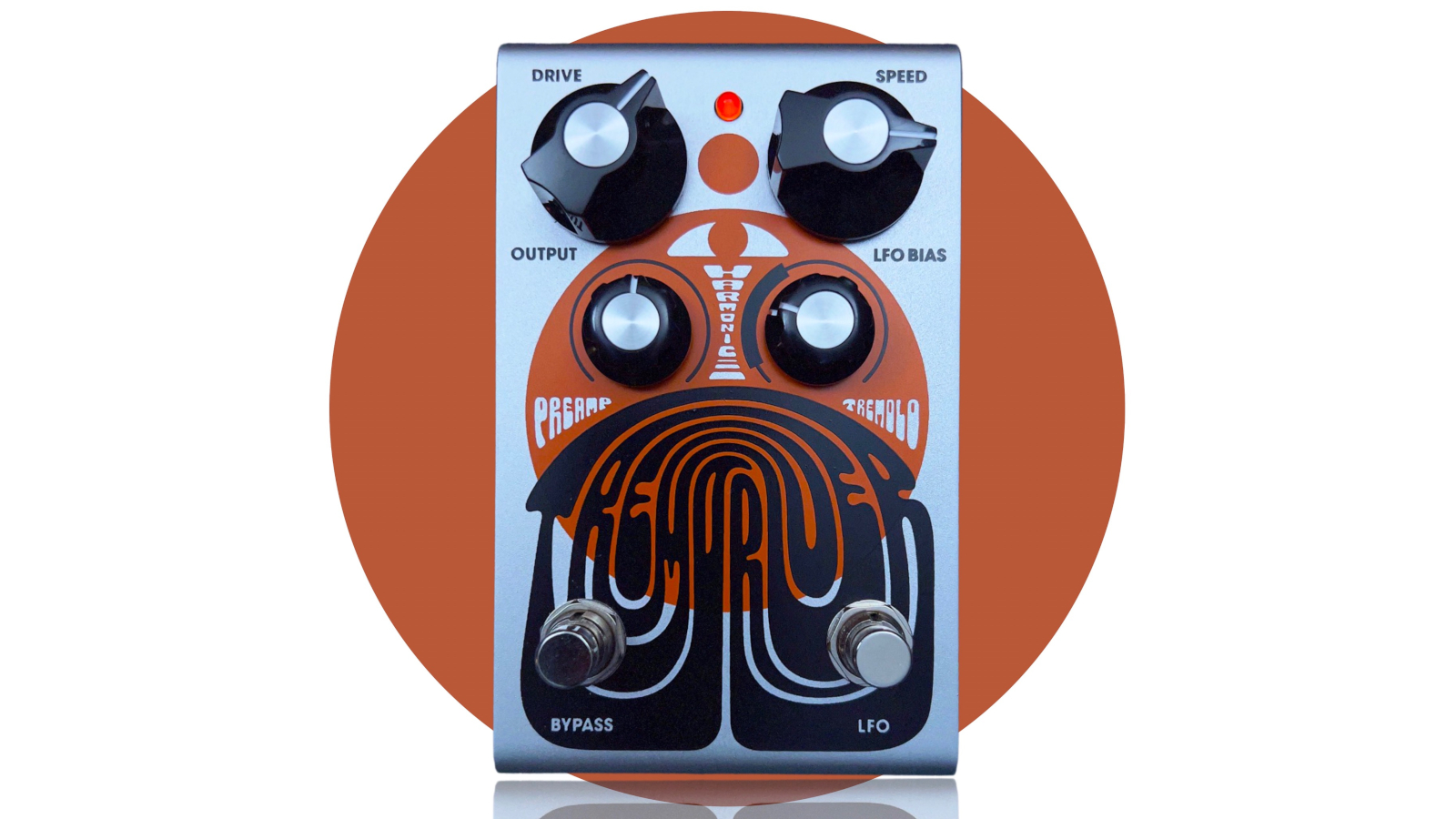
There's a little bit of overlap between the treble and bass, which adds a lot of harmonic complexity, swirl and dimension.
I have to say, it’s not a clone of a Fender brown panel harmonic trem; in many ways, it's an original and improved version.
Are there any new KittycasterFX pedal designs on the horizon?
I will reveal a couple of names: one is called the Angry Wizard and the other is called the Balls Royale. I'll probably be doing an echo delay pedal as well at some point.
I’m working on a lot of ideas.
A post shared by kittycasterfx (@kittycasterfx)
A photo posted by on
Visit the KittycasterFX website for more information.
Rod Brakes is a music journalist with an expertise in guitars. Having spent many years at the coalface as a guitar dealer and tech, Rod's more recent work as a writer covering artists, industry pros and gear includes contributions for leading publications and websites such as Guitarist, Total Guitar, Guitar World, Guitar Player and MusicRadar in addition to specialist music books, blogs and social media. He is also a lifelong musician.

